Reduce, reuse, recycle. It’s a mantra that probably evokes thoughts of picking the right receptacle for your plastic water bottle.
But it’s much more than that. In Heifer’s project areas around the world, this saying constitutes a foundational truth: that the thoughtful use of available resources makes a marked impact on our collective futures and the work to eradicate poverty and hunger. Caring for the Earth means finding innovative methods to minimize waste.
For the farmers we support, who often persevere in economic situations where access to nutritious food and a steady income have previously been elusive, using and reusing agricultural byproducts like animal waste and crop residue can help keep food on the table and savings in the bank.
With training from our field teams, Heifer farmers are reducing the accumulation of waste by producing chemical-free fertilizers, clean energy for cooking and nutrient-rich animal feed that elevates byproducts from waste to wonder — all while enriching the soil, the environment and their animals’ health.
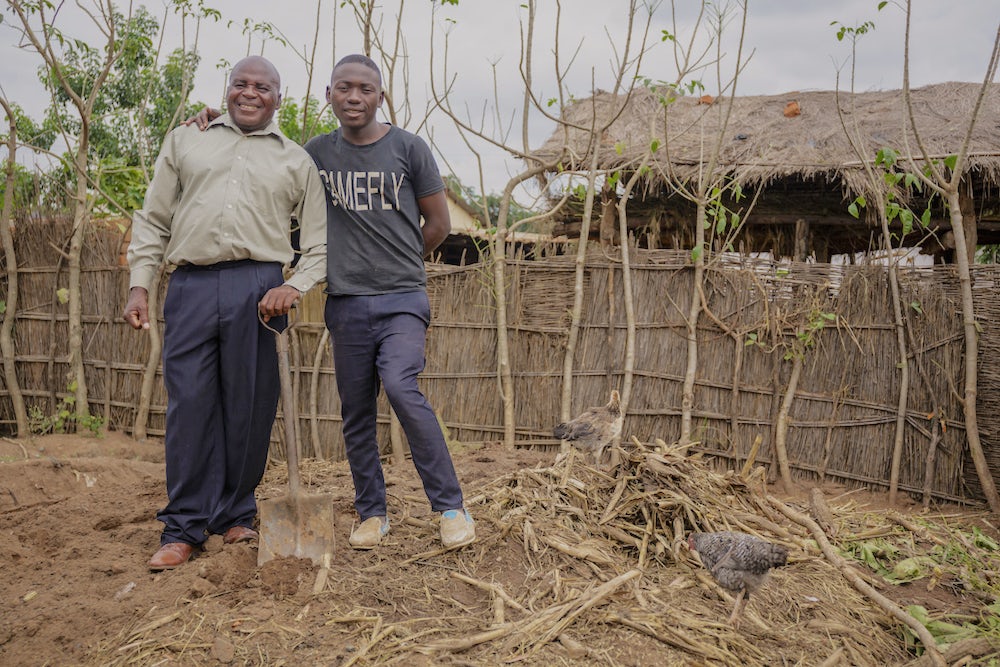
Composting is the natural process of recycling organic material into a nutrient-dense substance that energizes the soil, helping it retain moisture and encouraging the growth of good bacteria. And for Heifer farmers dependent on their crop yields for household income, or to keep livestock fed and healthy, the more nutritious the soil, the better.
Our farmers use a range of readily available byproducts to produce this soil amendment, including kitchen scraps, livestock manure and poultry waste. This mix is combined in a pit under a sheltered area and left for a few months to decompose. Every two to three days, farmers add cattle urine to accelerate the process.
After full decomposition, the mix of what was once waste is now an organic fertilizer, and farmers add the mixture to their fields to promote the growth of their vegetables and fruits.
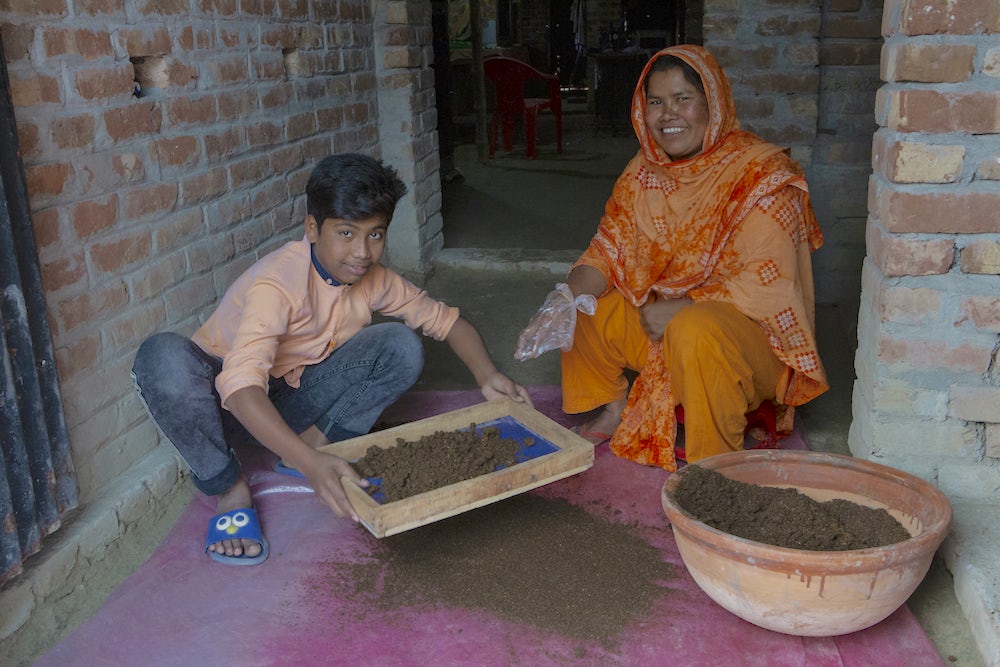
Just like pit composting, farmers create vermicompost to transform livestock dung into a nutrient-packed substance for the soil. The key difference? Earthworms.
“Two-to-three-day-old animal manure is kept in a bowl and a special species of earthworm is added,” said Dr. Majadur Rahman, senior program manager of animal well-being for Heifer Bangladesh. “These earthworms eat the manure and produce valuable excreta.”
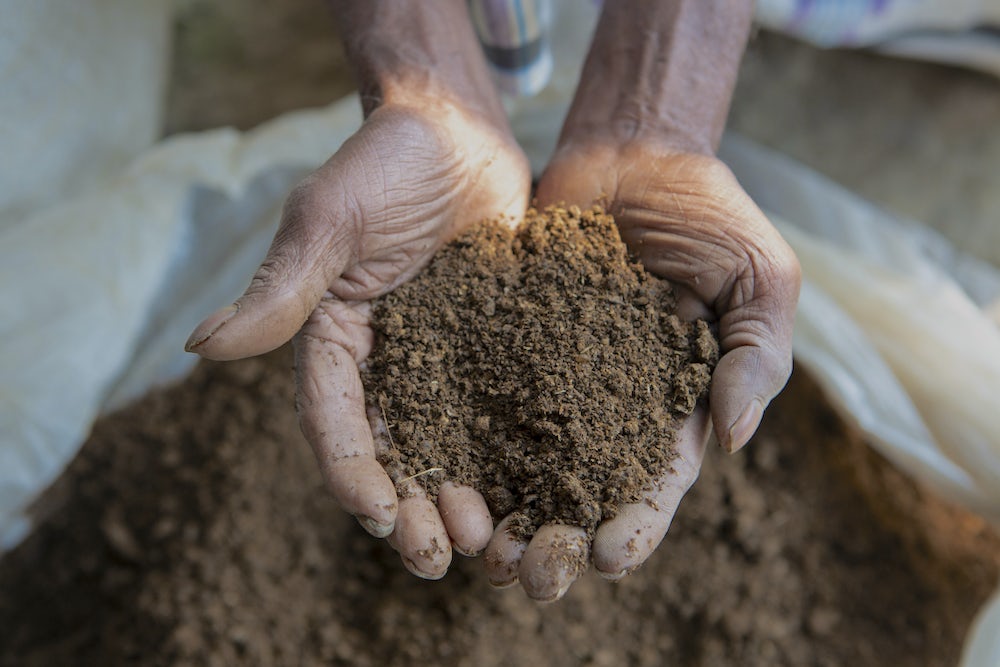
Once the food scraps and livestock dung pass through these tiny yet formidable creatures, farmers collect and dry the worm excrement for use as an exceptional fertilizer.
“Producing vermicompost requires more time and effort than pit composting,” said Dilip Bhandari, Heifer’s director of program and livestock technology. “But the quality of vermicompost is excellent because it’s mixed thoroughly by the earthworms.”
Some farmers take this process one step further. Heifer Bangladesh, for example, trains its project participants to develop vermicompost efforts into agribusinesses, connecting them with farming cooperatives who help scale the ventures, and package, brand and promote the compost as a product at market.
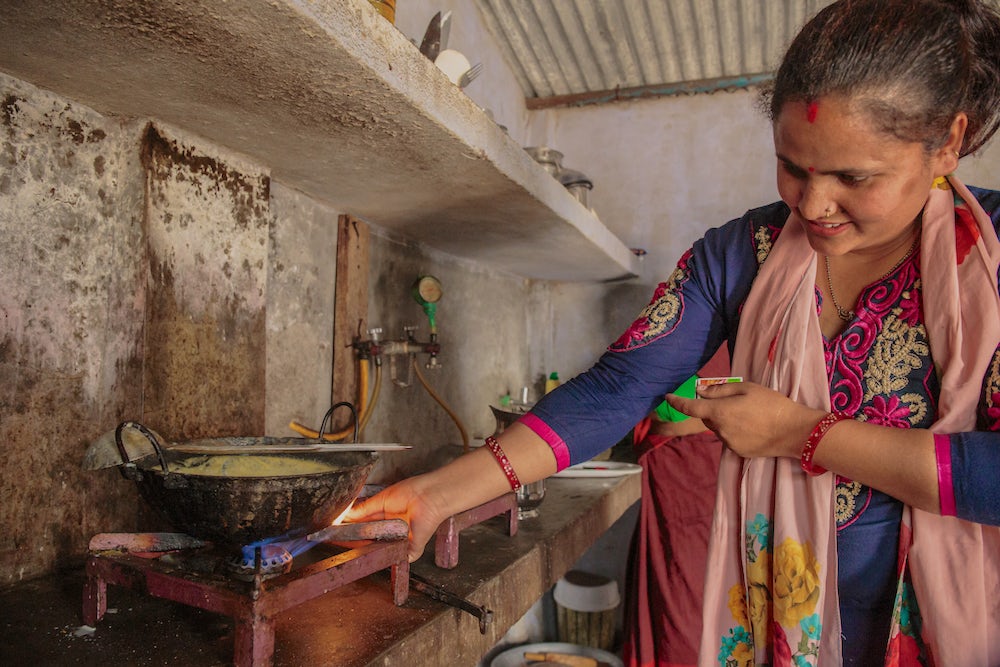
Biogas units provide yet another efficient solution for utilizing livestock waste for fertilizer — and cooking.
Farmers fill an airtight container, called a biodigester, with dung and water, where the mix is processed under the absence of oxygen to produce biogas. Biogas contains a high concentration of methane, a clean source of energy that emits less carbon dioxide and polluting particles.
The gas then travels via pipe to fuel the household stove, and the product left behind in the biodigester is known as bioslurry, which farmers use as a highly potent manure to replace chemical fertilizers and reduce production costs for growing crops.
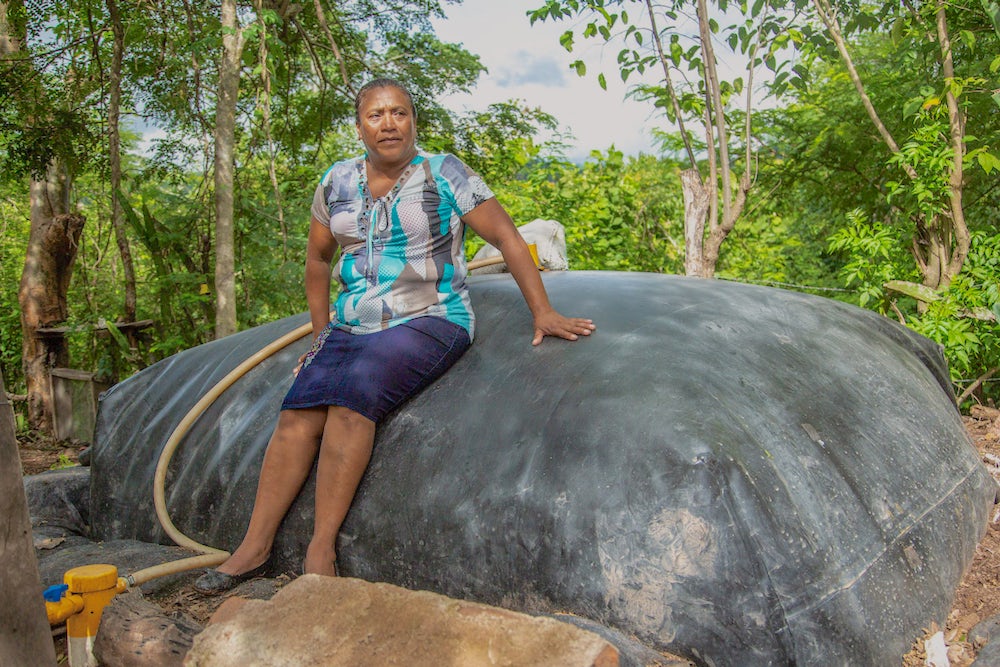
Heifer has installed biogas units for farming families in Rwanda, Senegal, Uganda, Honduras, Nicaragua, India, Nepal and more, and working with partners has been key to this endeavor. Many governments across Asia and Africa subsidize the installation costs to promote environmental stewardship, said Bhandari, as part of the international effort to protect the climate.
In Bihar, India, Heifer partnered with Sistema.bio, global experts in biogas technology, to implement high quality, affordable biogas units in female farmers’ households.
“Heifer supports these women farmers to adopt this biogas technology by lowering the initial cost of acquisition,” said Atul Mittal, director of partnerships for Sistema.bio. “While Sistema.bio installs and supports the farmers by providing maintenance and bioslurry management training.”
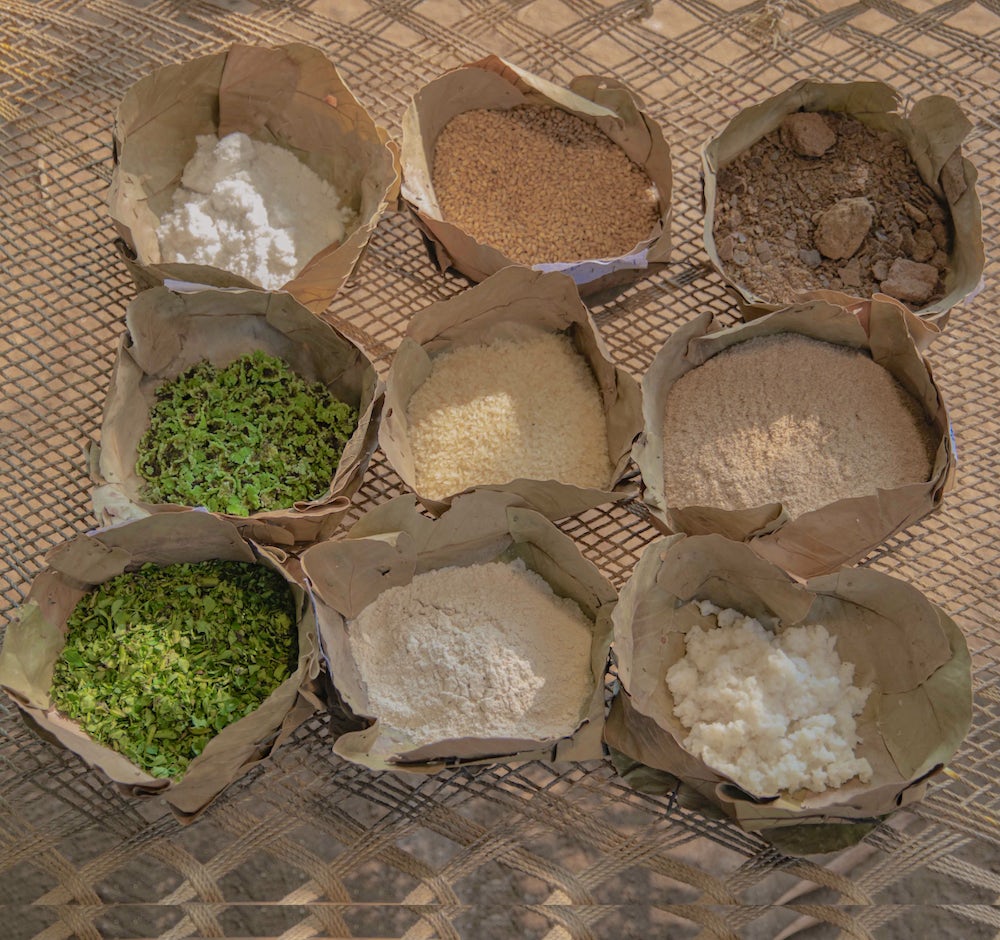
When it’s time to harvest crops in the field and prepare the product for transport, little portions of the plant inevitably break off. In the rice belt of Odisha, India, where farmers grow the grain abundantly, this byproduct is known as “broken rice.”
Many Heifer farmers make use of this substance by recycling its nutrients back into feed for their livestock. Heifer India farmers, for example, use bran, the hard outer layer of cereal grains, as a key ingredient in their backyard poultry feed.
Farmers mix bran with moringa, a vitamin-rich leafy green found commonly in parts of India and Africa, as well as wheat, mustard oil cake, cooked rice, water and other ingredients, to produce a nutritious feed for healthy birds.
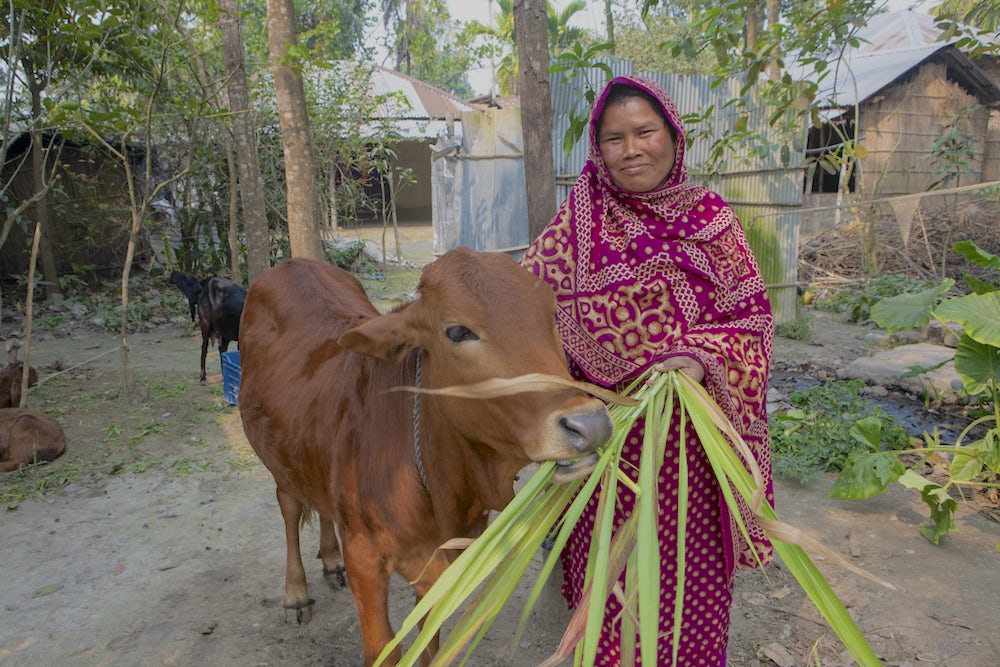
It’s not just solid livestock waste that Heifer farmers put to good use. Many agricultural producers in Africa and Asia also separately collect their animals’ urine.
“Often the animal enclosures farmers construct have slightly slanted floors,” Bhandari said, “which allows the liquid from the animals to drain into a pit for collection.” After farmers mix in water, the solution is sprayed on crops as a fertilizer and insect repellant.
Livestock urine contains high amounts of nitrogen and phosphorus, natural chemicals that promote plant growth and increase the micronutrients in soil, so utilizing the substance on growing crops boosts farmer’s production — and income.
